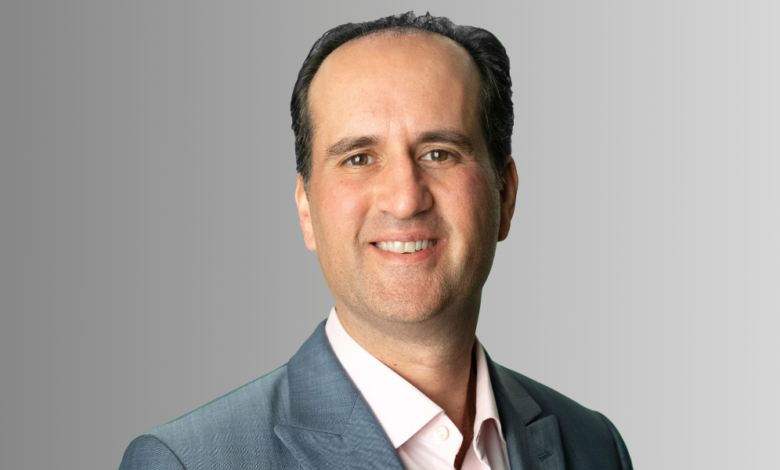What are the hottest trends in private equity?

What are the hottest trends in private equity?
Insurance News
Written by Nicole Pantelokos
In the ever-evolving landscape of private equity, there is one term that consistently attracts the attention of investors and analysts alike: dry powder.
These financial terms, which refer to capital that private equity firms have raised but not yet invested, have seen a notable boom in recent years.
Seth Gelston (pictured), Chubb’s Private Equity Industry Practice Leader, sat down with Insurance Business to discuss the driving forces behind this trend, reflecting on the challenges and opportunities private equity firms face today.
The surge in fundraising
Over the past few years, private equity firms have engaged in extensive fundraising activities, raising significant capital from sources including sovereign wealth funds, pension funds, and individual investors.
According to Gilston, this influx of money led to an unprecedented accumulation of dry powder.
As reported in Pitchbook’s 2023 Annual Report for US PE Ratings, unutilized capital reached a record high of $955.7 billion.
“Depending on which source you look at, some dry powder estimates are in the trillions of dollars. Where will this money be used?” Gelston said.
Evaluation discrepancies
The key challenge now is to effectively deploy this capital in a market where deal flow has slowed due to valuation discrepancies.
“Some of the dry powder backlog is driven by spreads between buyers and sellers. So, the buyer thinks the company is worth X, the seller thinks it’s worth Y, and the deal doesn’t get done, because they can’t agree on valuations,” Gelston said.
These inconsistencies have led some companies to hold investments for longer periods, further contributing to the dry powder buildup.
“What we noticed is that the holding period, the average number of years a private equity firm holds a portfolio company, has increased,” Gelston said.
However, with significant capital at their disposal, Gelston noted that private equity firms are well placed to invest in companies and sectors with high potential.
“We’ve reached a point where there’s a lot of money waiting to be invested,” he said.
Determine growth potential
The key to success in dry powder publishing, according to Gelston, involves identifying and investing in companies that align with market trends and show strong growth potential.
This includes investing in both traditional sectors and emerging areas like technology, such as life sciences companies conducting clinical trials, as well as what Gelston refers to as “climate positive” companies, which focus on sustainability solutions such as wind, solar and batteries. storage.
Shaping future industries
Looking to the future, Gelston points out that the use of dry powder will shape the future of emerging industries.
These investments will determine how companies expand and the projects they will implement.
“Once companies have this capital, what will they deploy? What offices will they buy? What locations? Where will they expand? What construction projects will they do?” Gelston said.
“There are a lot of companies looking for investment to get to that next level.”
Related stories






Fetching comments…